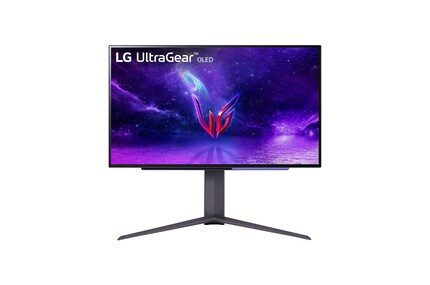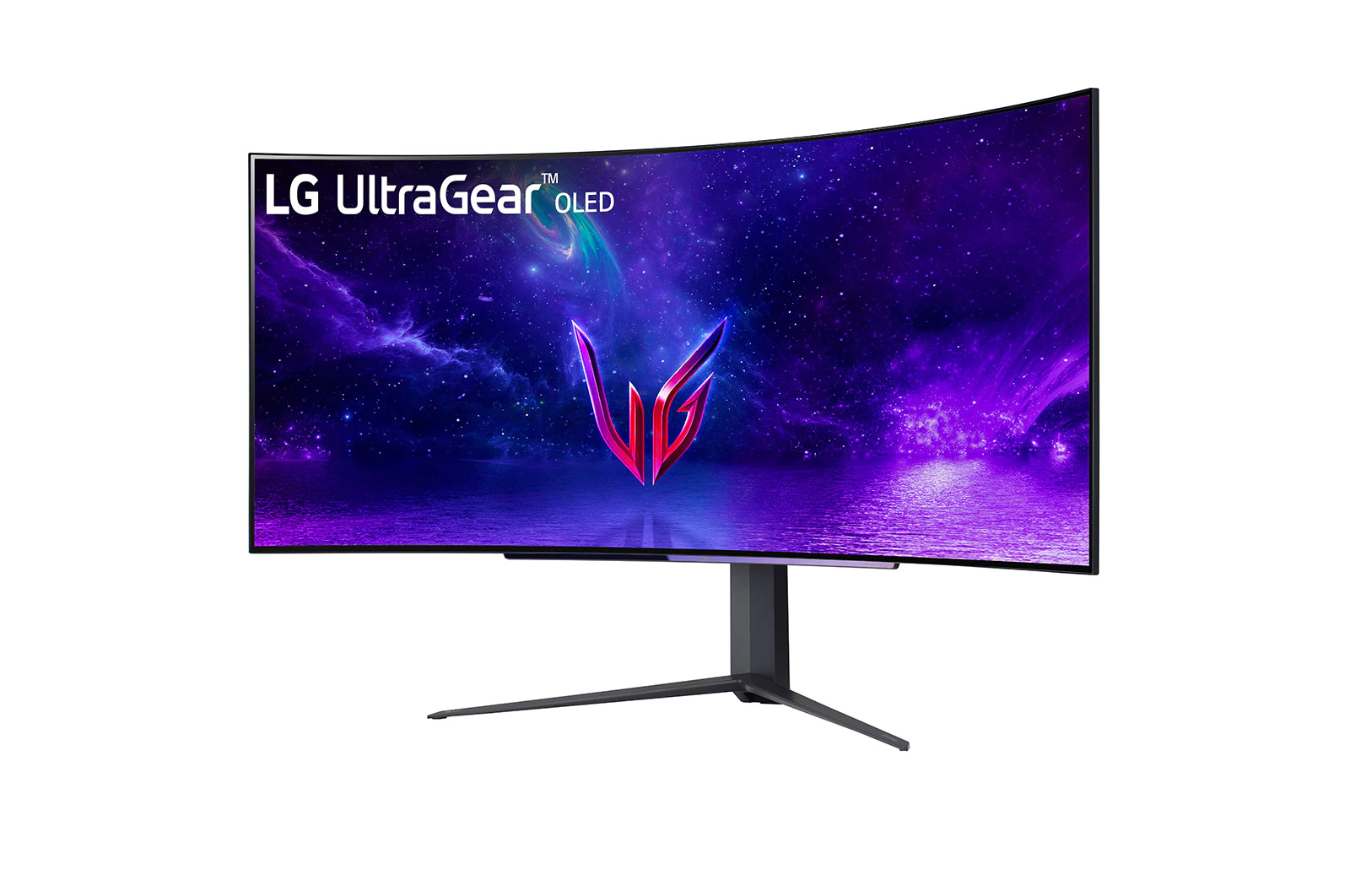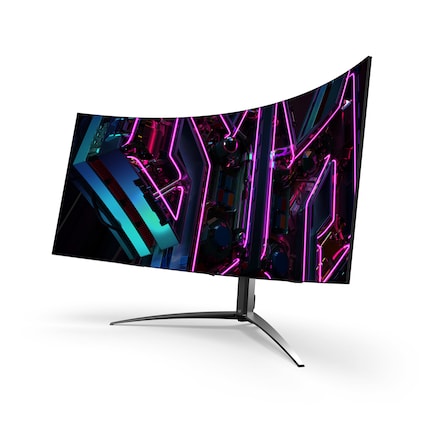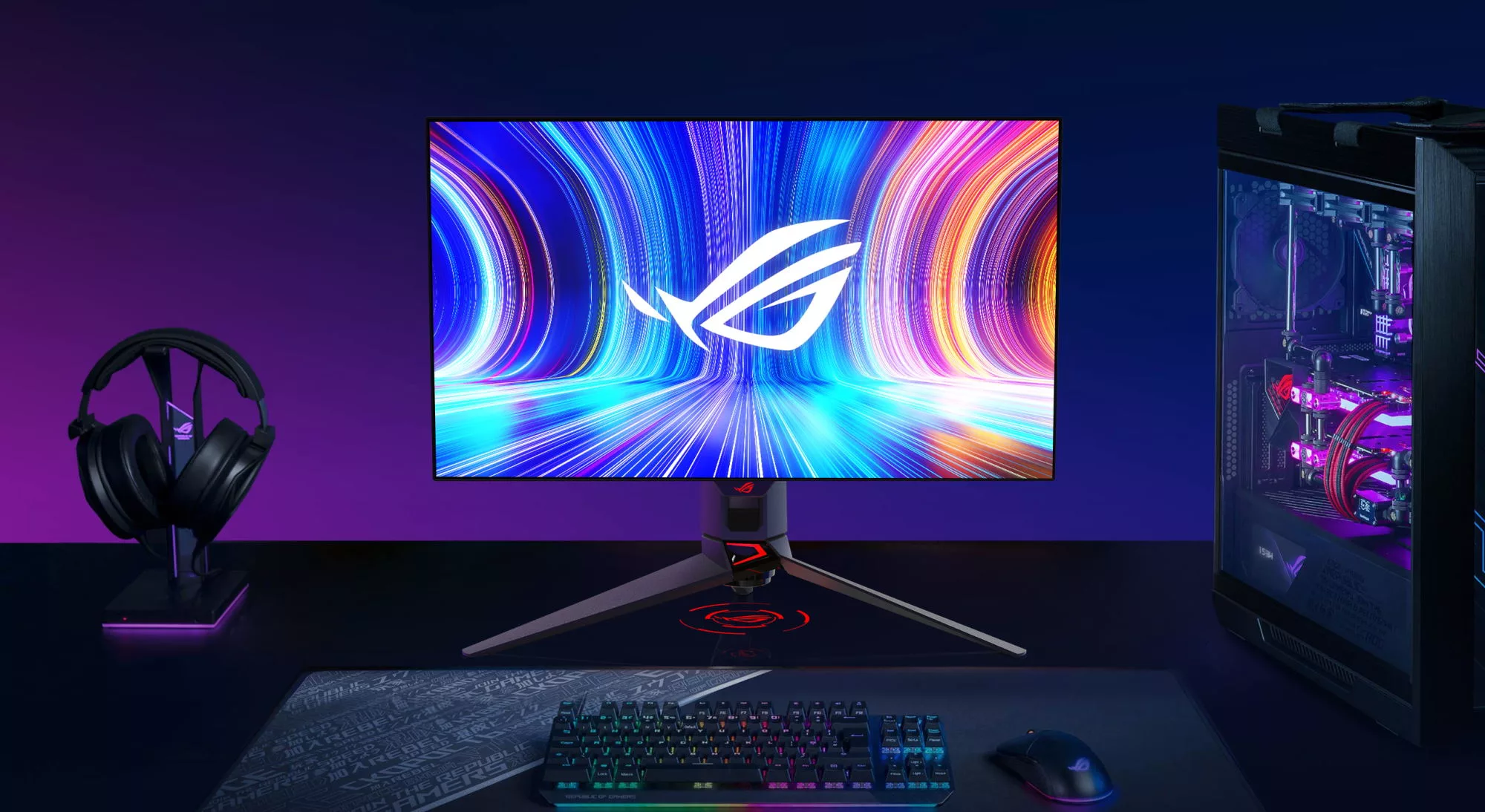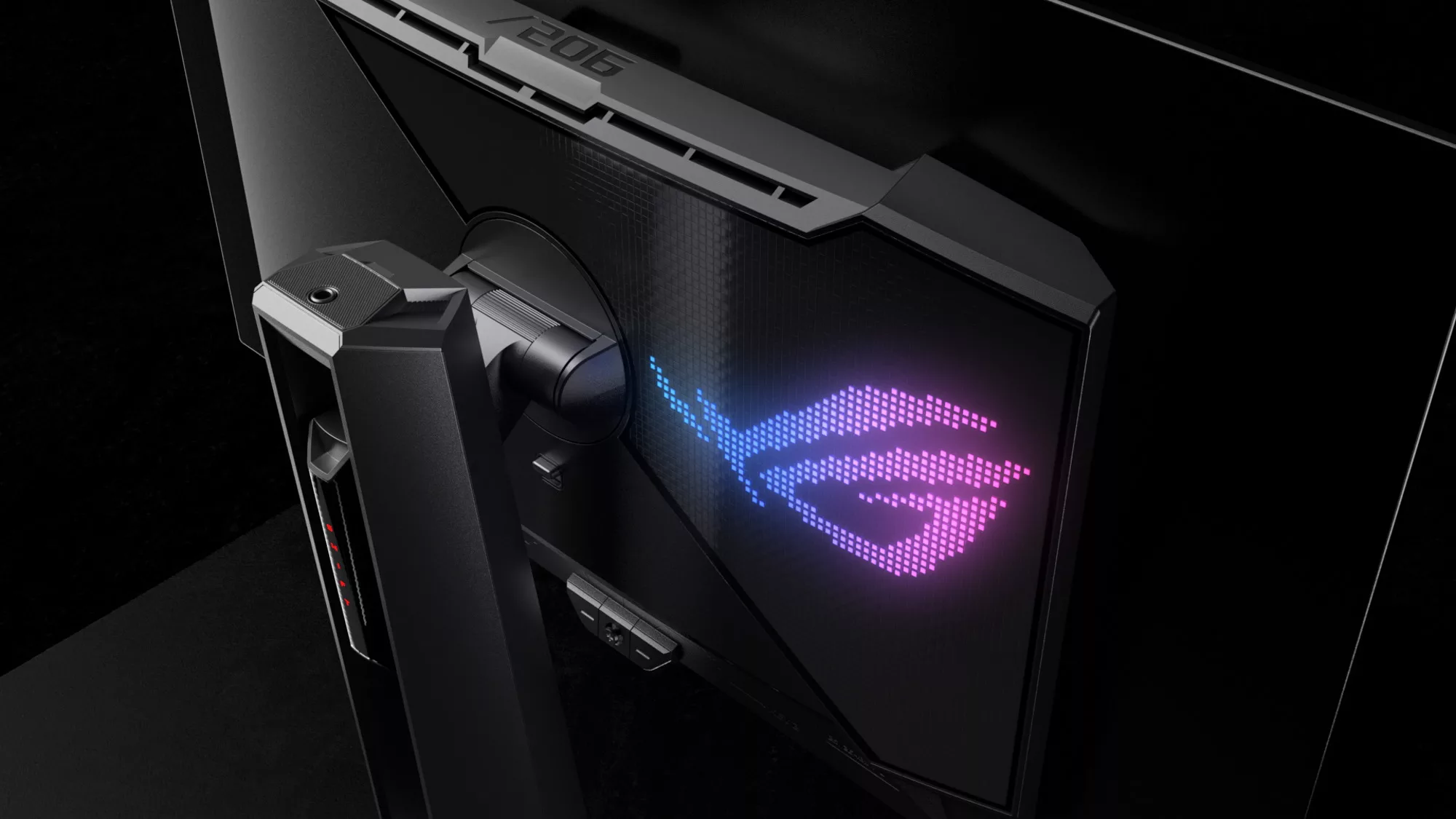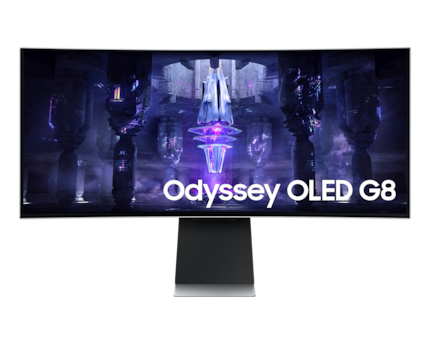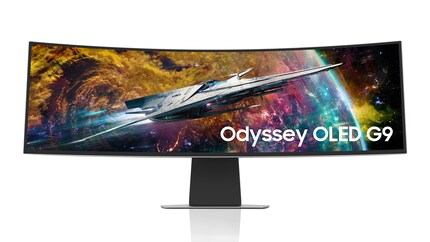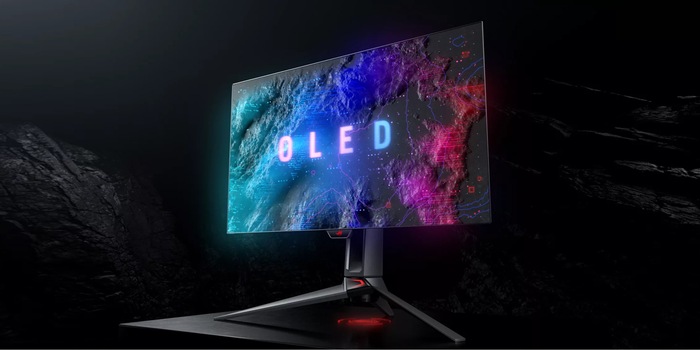
The OLED gaming monitors are rolling in
Various manufacturers will present new gaming screens with OLED displays at CES 2023. They are taking two different directions.
LG, Samsung, Acer and Asus have presented their new gaming monitors shortly before CES 2023. One trend in particular stands out: more and more of them come with OLED displays. The screens all look similar at first glance, but belong to two different camps: conventional OLED and QD OLED from Samsung. Both technologies have advantages and disadvantages.
OLED: brightness vs. burn-in
The disadvantages are offset by the excellent picture quality of OLED displays. Because each pixel is individually illuminated, it can also be switched off individually. Then it is black - and really black. OLED monitors therefore have an extremely high contrast. The response times are also short, which is why the image remains sharp even during fast movements.
LG: UltraGear 27GR95QE and 45GR95QE
LG is showing two OLED monitors at CES. One flat in 27 inches and one curved in 45 inches. Both have 1440p vertical resolution, 240 Hz refresh rate and 0.03 ms (grey to grey) response time. They support Variable Refresh Rate (VRR) and have an Auto Low Latency Mode (ALLM). LG specifies the brightness at 200 nits, and 800 nits in a three-percent window. There is one DisplayPort 1.4 and two HDMI 2.1 ports.
The 27-incher has the classic 16:9 format. The resolution is 2560 × 1440 pixels, which means a pixel density of 111 ppi. For the 45-incher, it's a 21:9 format, 3440 × 1440 pixels and a pixel density of 84 ppi. The panel has a very high curvature of 800R.
The 27GR95QE costs $999 in the US, while the 45GR95QE is priced at $1699.
Acer: Predator X27U and X45
The Predator X27U costs $1099, a hundred dollars more than the LG equivalent. The X45, on the other hand, is the same price at $1699.
Asus: ROG Swift PG27AQDM
Asus is only showing one OLED screen. The ROG Swift OLED PG27AQDM also uses a panel from LG and accordingly has similar specifications: 1440p, 240 Hz, 0.03 ms response time
.
However, Asus stands out in two respects: the design is more eye-catching, with the ROG logo emblazoned in RGB on the back. The screen is also thicker than its LG and Acer brothers - because Asus has installed a heatsink and ventilation slots. This is supposed to counteract burn-in. The automatic brightness limiter may also have to intervene less because of the cooling. Otherwise, the monitor would at least be more durable.
Asus has not yet named the price for the ROG Swift PG27AQDM.
QD-OLED: Better picture quality vs. colour fringing
In applications such as games, the colour fringing is hardly noticeable and the advantages of QD OLED seem to outweigh the disadvantages. The Dell Alienware AW3423DW with such a panel from Samsung has been on the market for a while. It is currently considered the non-plus-ultra of gaming monitors. I am therefore eager to see Samsung's own versions.
Samsung: Odyssey OLED G8 and G9
Both the Odyssey OLED G8 and the OLED G9 are screens with Quantum Dot technology - interestingly, Samsung doesn't even flaunt the name "QD-OLED" on its monitors, but just leaves it at "OLED".
The OLED G8 was unveiled some time ago, and is even available from stock. It has the same panel as the Alienware AW3423DW: 34 inches in 21:9 format, 3440 × 1440 pixels, 1800R curvature, 175 Hz refresh rate, 0.1 ms response time. Full-screen brightness is 250 nits, which is higher than classic OLEDs.
The OLED G8 costs 1400 francs in our country at the moment, the price of the G9 is not yet known.
Titelbild: AsusMy fingerprint often changes so drastically that my MacBook doesn't recognise it anymore. The reason? If I'm not clinging to a monitor or camera, I'm probably clinging to a rockface by the tips of my fingers.
From the latest iPhone to the return of 80s fashion. The editorial team will help you make sense of it all.
Show all